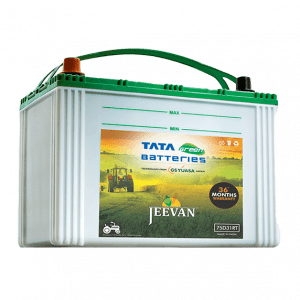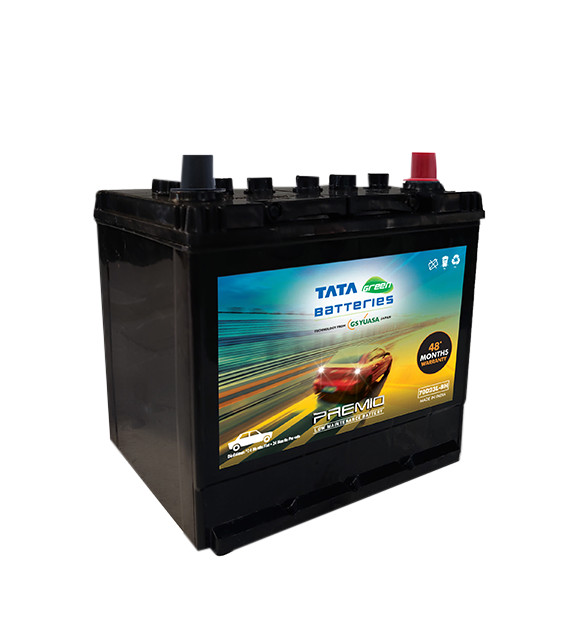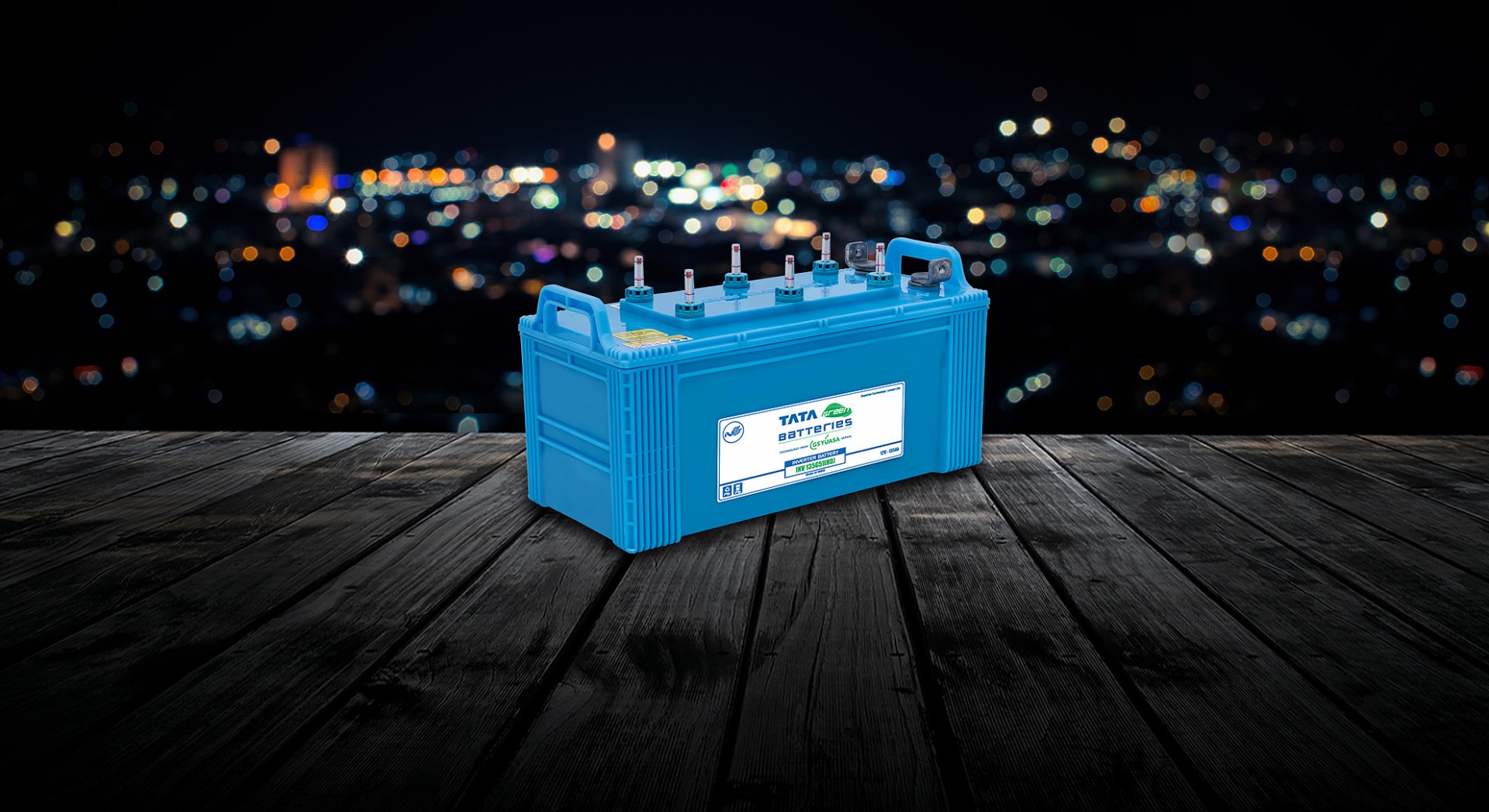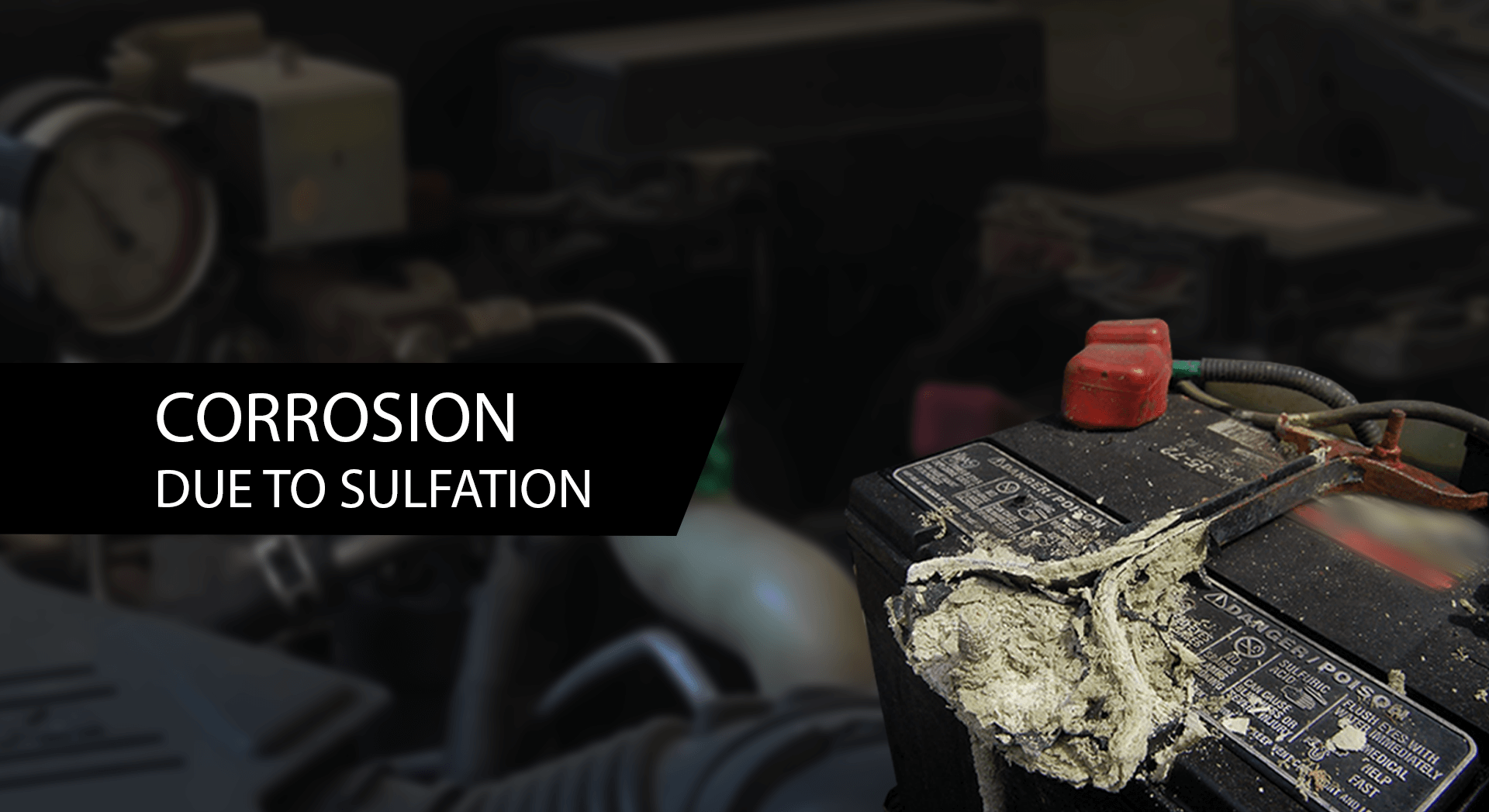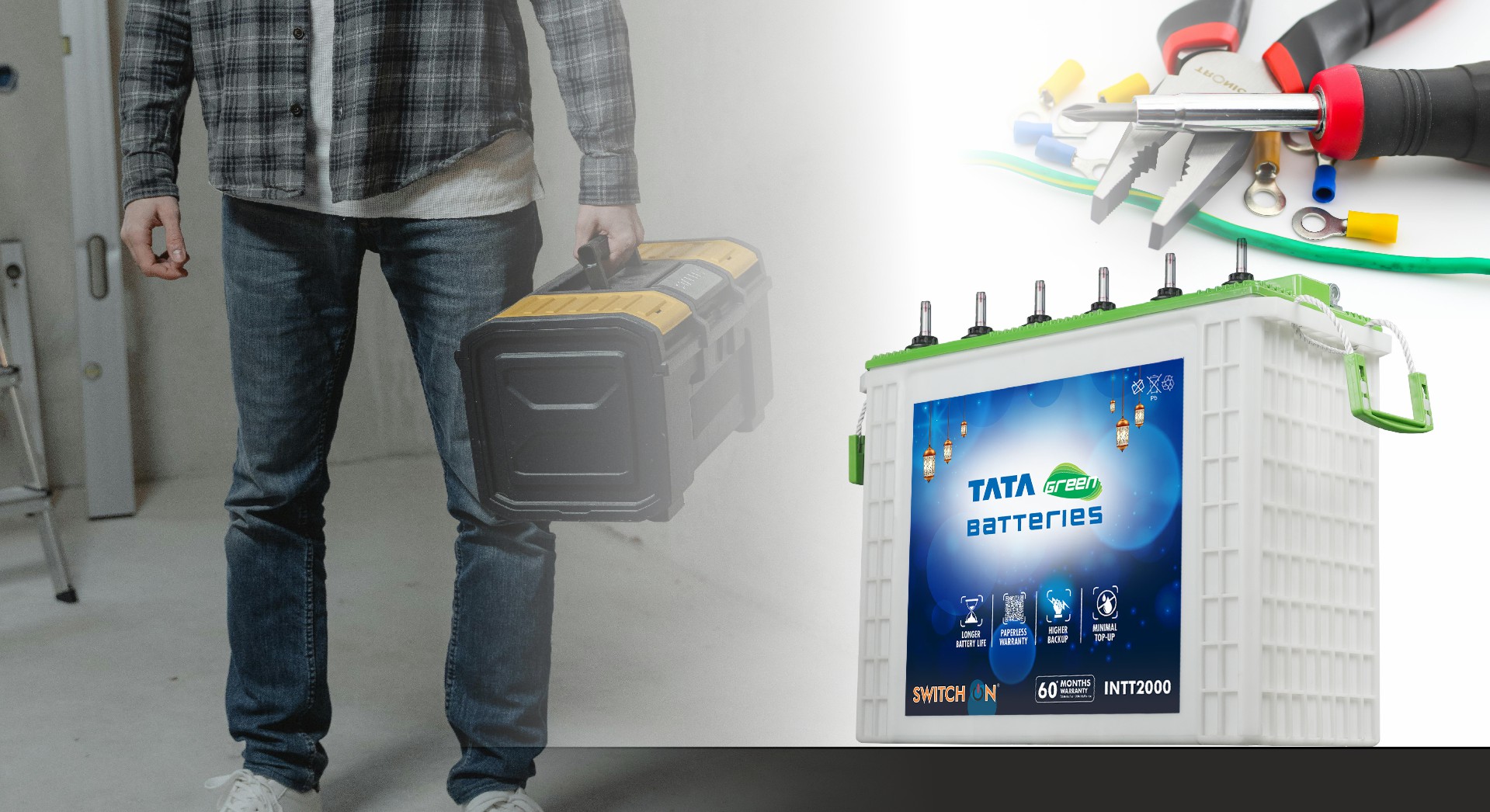For every farmer, a tractor is more than just a machine; it’s a trusted partner in the fields. From ploughing to harvesting, it works tirelessly through the season. But once the busy months are over and the tractor rests during the off-season, one important part often gets ignored: the battery.
A tractor battery may seem small compared to the rest of the machine. But without it, the engine won’t start, the lights won’t work and your tractor won’t be ready when the next season begins. Proper battery care during idle months can save money, time and prevent unnecessary replacements.

Here’s a simple, practical guide on how to maintain your tractor battery in the off-season and ensure it stays ready for the next call to the fields.
Clean Terminals Regularly
Over time, battery terminals can collect a white or greenish powder-like substance known as corrosion. This happens due to the chemical reaction between battery acid and the metal terminals. Corrosion blocks the flow of electricity, leading to weak starts or complete power failure.
Before storing your tractor, inspect the battery terminals. If you see any buildup, clean it carefully using a dry cloth or a soft brush. Avoid using water directly, as moisture can accelerate corrosion. Once the terminals are clean, applying a thin layer of petroleum jelly or grease helps prevent future buildup.
Regular cleaning not only improves electrical contact but also extends the overall life of your battery. It’s a small step that ensures your tractor starts instantly when you bring it back to life after months of rest.
Clean & Tighten Connections
Loose or dirty connections are a common reason for starting problems after the off-season. Vibrations during fieldwork can gradually loosen the clamps and cables connected to the battery terminals. When the connection isn’t firm, the current flow weakens, affecting both charging and starting performance.
Before parking your tractor for long-term storage, check that all the cables and terminals are tightly secured. If you notice cracks or damaged wires, replace them immediately. Cleaning and tightening the connections helps maintain a steady current flow and prevents voltage drops.
A secure and clean connection also ensures that when you reconnect or recharge the battery later, it charges efficiently without energy loss.
Charge Periodically
Batteries naturally discharge when left unused for long periods. This self-discharge may seem minor. But if left unchecked, it can lead to a “deep discharge”, a state where the battery voltage drops too low, damaging the internal plates permanently.
To avoid this, recharge the battery every few weeks during the off-season. You can either connect it to a trickle charger, which maintains a slow and steady charge or simply start the tractor and let it run for about 15–20 minutes once every two to three weeks.
Periodic charging keeps the battery active and prevents sulfation, a condition where crystals form inside and reduce the battery’s capacity. By keeping it charged, you ensure it’s always ready to perform at full strength when the farming season returns.
Proper Storage
If you plan to remove the battery during the off-season, store it properly to prevent damage. Always keep it in an upright position to avoid acid leakage. The storage area should be cool, dry and well-ventilated to prevent moisture buildup and overheating.
Avoid placing the battery directly on the ground, especially on concrete floors, as temperature changes can cause slow discharge. Use a wooden plank or a dry shelf instead.
Also, keep it away from direct sunlight or any heat sources. Covering it lightly with a cloth can protect it from dust without blocking ventilation.
A properly stored battery maintains its charge longer, remains safe from corrosion and is less likely to fail when reinstalled.
Avoid Extreme Temperatures
Extreme temperatures are among the biggest enemies of battery health. Excessive heat accelerates chemical reactions inside, causing the electrolyte to evaporate faster, while freezing temperatures slow down the chemical activity, reducing the battery’s power.
If your region experiences harsh weather, take extra precautions. During hot summers, park your tractor in a shaded area or under a shed to protect the battery from direct heat. In cold regions, keeping the battery indoors during the off-season can help preserve its strength.
Maintaining moderate conditions prevents battery fluid from drying out or thickening, ensuring it stays efficient throughout the year.
Ready to Roll When the Fields Call Again
A tractor that starts instantly after months of rest is more than convenience; it’s peace of mind for every farmer. Dedicating a few minutes to clean, charge and store the battery correctly, you not only save money but also protect one of the most vital parts of your machine.
Think of it like keeping your tools sharp before the next season begins. A well-cared-for battery ensures that when it’s time to sow, plough or harvest again, your tractor responds at the first turn of the key.
So, as your fields take a break and the tractor rests in the shed, let the battery rest smartly: clean, charged and protected. When the next season calls, your trusted partner will be ready to roll without a moment’s delay.








